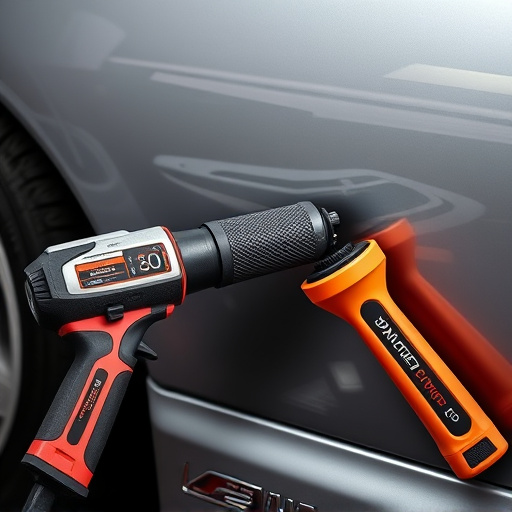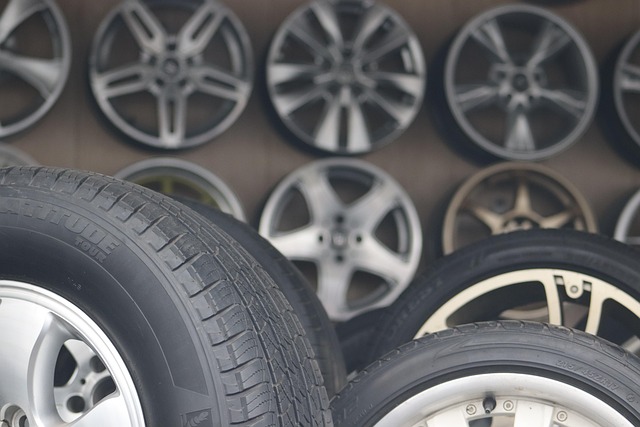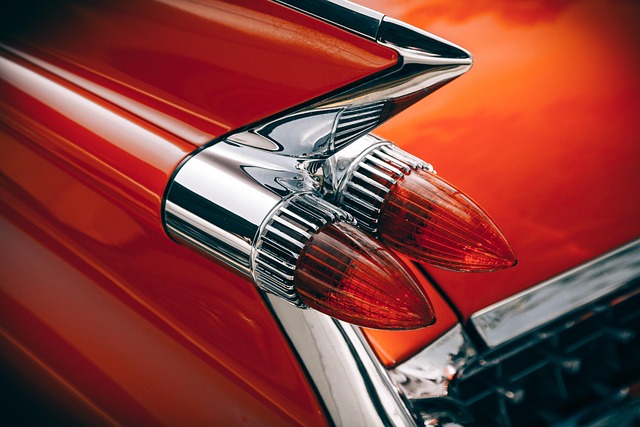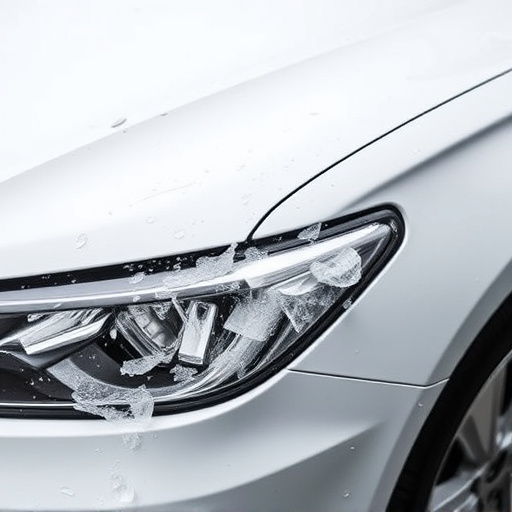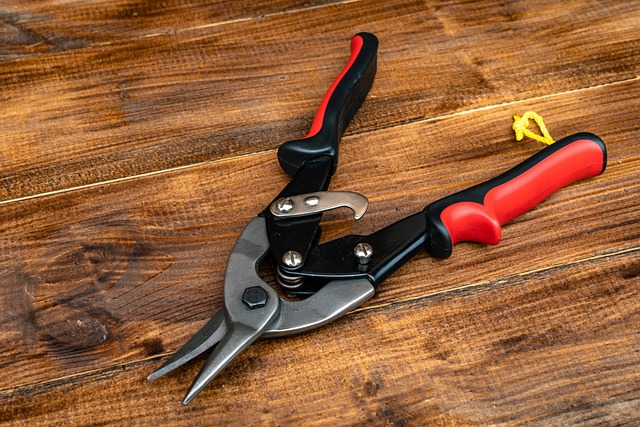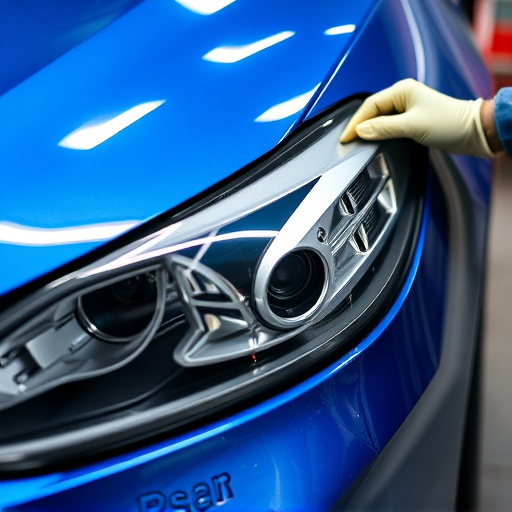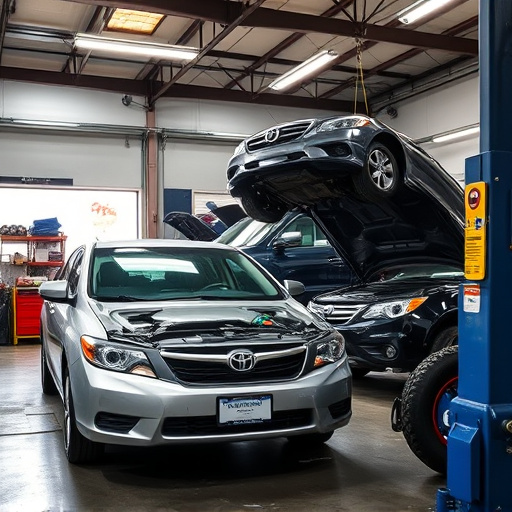Auto body panel replacement is a crucial service for repairing damaged vehicles, focusing on structural integrity and aesthetic appeal. Technicians identify and replace dented or damaged panels using specialized tools like welding and alignment methods to prevent future issues. This meticulous process ensures precise curvature matching and secure installation, enhancing safety and resale value, and playing a vital role in the automotive industry.
In the realm of automotive restoration, precise welding and alignment are pivotal for successful auto body panel replacement. This intricate process involves more than just repairing dents; it means restoring a vehicle’s structural integrity, ensuring safety, and maintaining its aesthetic appeal. Understanding the fundamentals of auto body panel replacement is key to recognizing why meticulous techniques like spot welding and laser welding are indispensable. Advanced tools and non-destructive testing methods further emphasize the importance of accurate alignment in achieving seamless repairs that stand the test of time.
- Understanding Auto Body Panel Replacement: The Basics
- – Definition and significance of auto body panel replacement
- – Common types of auto body panels and their functions
Understanding Auto Body Panel Replacement: The Basics

Auto body panel replacement is a critical process in automotive repair, especially after a car collision or for vehicle maintenance. It involves the skilled removal and replacement of damaged or dented panels to restore the structural integrity and aesthetic appeal of a vehicle’s exterior. The basics revolve around identifying the specific panel needing repair, acquiring a suitable replacement part that matches the make and model, and ensuring precise alignment during installation.
In an auto body shop, technicians use specialized tools and techniques for welding and aligning these panels. Proper alignment is paramount to avoid future structural issues, water intrusion, and unsightly gaps or misalignments. This process requires careful consideration of factors such as panel curvature, pre-marking for weld points, and using reference points on the vehicle frame to guarantee a seamless fit and finish, akin to the original factory work.
– Definition and significance of auto body panel replacement
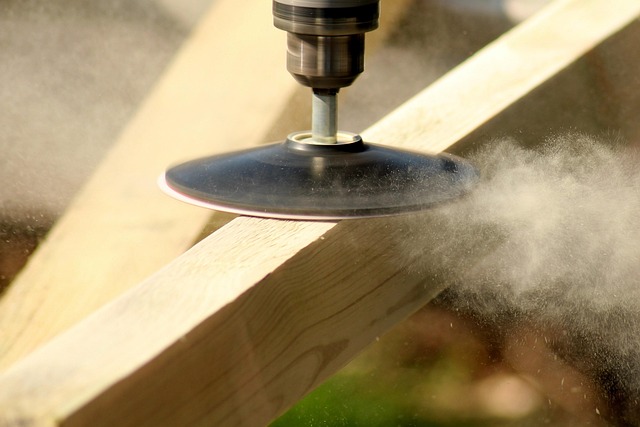
Auto body panel replacement is a critical process within the collision repair industry, focusing on restoring damaged or detached car panels to their original condition. This involves skillfully substituting new metal sheets and components over existing frames, ensuring structural integrity and aesthetic appeal. The significance lies in its ability to transform a damaged vehicle into one that appears as good as new, enhancing safety and resale value.
Accidents and minor dents can cause misalignments in car body panels, leading to structural weaknesses if left unaddressed. Skilled technicians employ precise welding techniques and advanced alignment tools to correct these issues, ensuring the car’s exterior is not just visually appealing but also safe for driving. This process goes beyond surface repairs; it involves a deep understanding of automotive engineering and craftsmanship to seamlessly integrate replacement panels with the existing vehicle structure, encompassing services like collision repair and car dent repair as part of its scope.
– Common types of auto body panels and their functions

Auto body panels are integral components that protect and encase a vehicle’s structural framework, offering both strength and aesthetic appeal. These panels come in various types, each serving a unique purpose in maintaining the vehicle’s integrity. The most common include body panels such as fenders, doors, hoods, trunks, and roof panels.
Fenders, for instance, are designed to enclose and protect the wheels and suspension system, while doors not only provide entry and exit but also contribute significantly to the overall structure of the vehicle. The hood serves as a protective cover for the engine bay, and the trunk offers storage space. Roof panels, essential for vehicle water tightness, also play a role in structural support. Efficient auto body panel replacement is crucial in ensuring these components’ functionality during vehicle body repair or car damage repair processes, ultimately facilitating the seamless restoration of cars to their original condition.
Auto body panel replacement is a precise and crucial process that demands expert welding and alignment techniques. By understanding the basics, from panel types to their significance, professionals can ensure structural integrity and optimal vehicle performance. Efficient welding and alignment not only expedite repair but also guarantee a seamless finish, enhancing both safety and aesthetics in today’s automotive industry. This meticulous approach is a game-changer, ensuring that vehicles return to their pre-accident condition, roadworthy and visually appealing.

